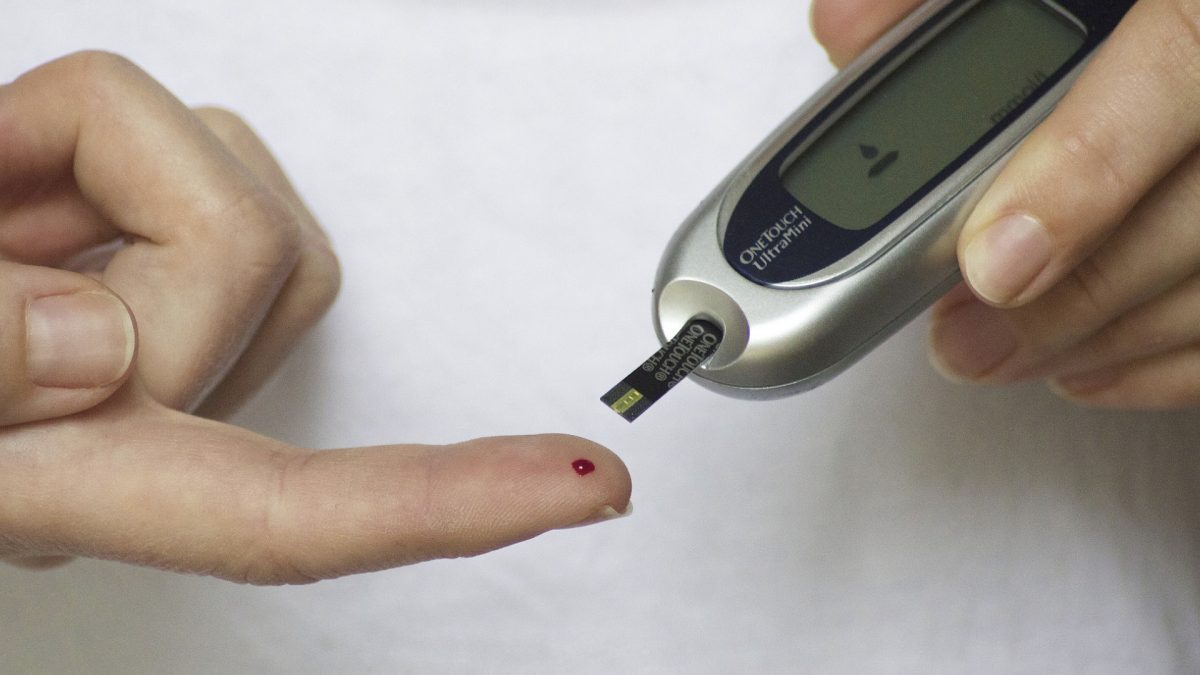Type 1 diabetes, which typically strikes children and young adults, is an autoimmune disease in which our own immune system attacks and destroys the insulin-producing cells of our pancreas. Untreated it’s deadly, but even with well-managed insulin replacement, it may shorten life expectancy by a decade. “Families are devastated when a child receives a diagnosis of type 1 diabetes…Thus, one of modern medicine’s ‘holy grails’” is to understand what causes the body to attack itself, in the hopes that we can cure or prevent the disease. Genetic susceptibility plays an important role, but the “concordance for type 1 diabetes is only about 50% among identical twins.” So, even if someone with our exact same DNA gets the disease, there’s only about a 50 percent chance we will get it, too—meaning there must be external factors as well.
Some countries have low rates of incidence, and others have high rates. Japan, for example, has type 1 diabetes rates 18 times lower than the United States. This disparity isn’t due only to genetics, however, because, when children migrate, they tend to acquire the risk of their new home, suggesting it’s got something to do with the environment, diet, or lifestyle. In fact, the incidence rates vary more than 350-fold around the world. Some countries have rates hundreds of times higher than others, and it is on the rise. Researchers looked at 37 populations from around the world and found that the incidence has been increasing about 3 percent a year—our genes don’t change that fast. In fact, they couldn’t find a single population with decreasing incidence of type 1 diabetes.
Something is going on that started around the end of World War II. “The best evidence available suggests that childhood diabetes [also known as type 1 diabetes] showed a stable and relatively low incidence over the first half of the 20th century, followed by a clear increase that began…around…the middle of the century.” Why the increase, though? A number of factors have been postulated, including vitamin D deficiency, certain infections, or exposure to cow’s milk.
Decades ago, published cross-country comparisons showed a tight correlation between milk consumption and the incidence of type 1 diabetes. The “analysis showed that 94% of the geographic variation in incidence might be explained by differences in milk consumption.” Investigators in Finland, the country with the highest rates of type 1 diabetes and cow’s milk consumption, led much of the research into this area.
It all started with studies like the one I feature in my video Does Casein in Milk Trigger Type 1 Diabetes?, showing that the less babies are breastfed, the higher the rates of type 1 diabetes, leading to the obvious conclusion that “[b]reast-milk protects the newborn infant.” On the other hand, if babies are not getting breast milk, they’re getting formula, which probably contains cow’s milk proteins. In the first few months of life, our gut is especially leaky to proteins. Is it possible that as our immune system attacks the foreign cow proteins, our pancreas gets caught in the crossfire? This was based on animal experiments, however. In susceptible mice, a diet containing the cow’s milk protein, casein, produced diabetes, but it did not cause diabetes in rats. So, are we more like mice or rats?
Researchers drew blood from children with type 1 diabetes to see if they had elevated levels of antibodies that attack bovine proteins compared to controls. Their finding? Every single child with type 1 diabetes had elevated anti-bovine protein antibodies circulating in their blood compared to much lower levels in the control subjects. That seems pretty convincing, but what about Iceland? They drink more milk in Iceland than in Finland, yet Icelanders have less than half the type 1 diabetes. I explore this paradox in my follow-up video Does Bovine Insulin in Milk Trigger Type 1 Diabetes?.
The vast majority of diabetes cases are type 2, so that’s been my concentration:
- Plant-Based Diets and Diabetes
- Can Diabetic Retinopathy Be Reversed?
- Diabetes as a Disease of Fat Toxicity
- What Causes Diabetes?
- Reversing Diabetes with Food
- Diabetes Reversal: Is It the Calories or the Food?
- How Not to Die from Diabetes
I’m pleased to have been able to address type 1 diabetes. For even more on this disease, see:
- Does Paratuberculosis in Meat Trigger Type 1 Diabetes?
- Meat Consumption and the Development of Type 1 Diabetes
- What Causes Insulin Resistance?
In health,
Michael Greger, M.D.
PS: If you haven’t yet, you can subscribe to my free videos here and watch my live presentations:
- 2012: Uprooting the Leading Causes of Death
- 2013: More Than an Apple a Day
- 2014: From Table to Able: Combating Disabling Diseases with Food
- 2015: Food as Medicine: Preventing and Treating the Most Dreaded Diseases with Diet
- 2016: How Not To Die: The Role of Diet in Preventing, Arresting, and Reversing Our Top 15 Killers
- 2019: Evidence-Based Weight Loss
